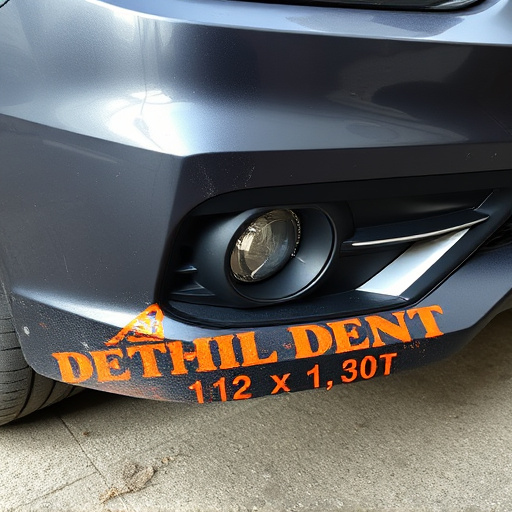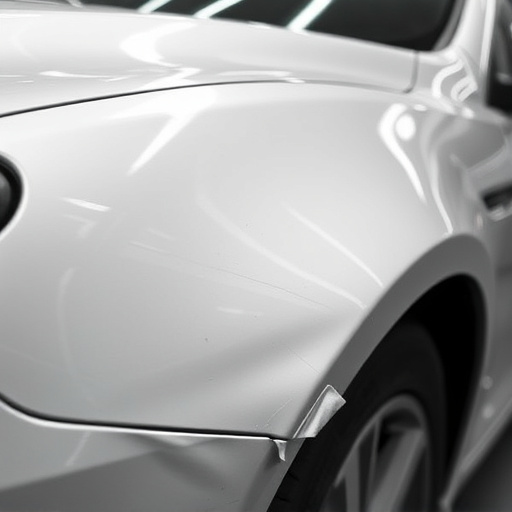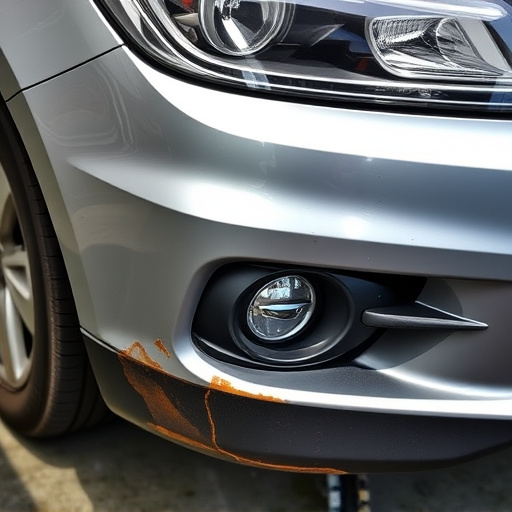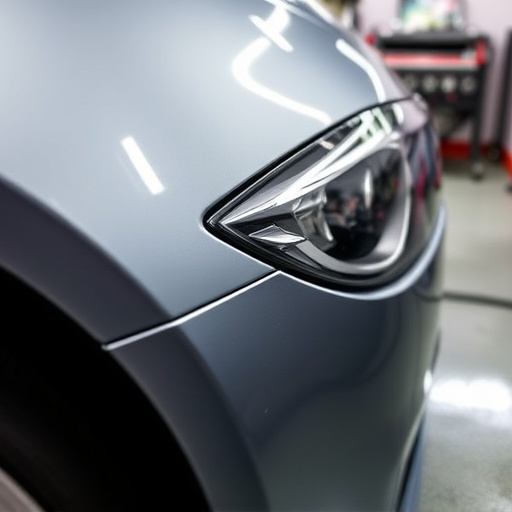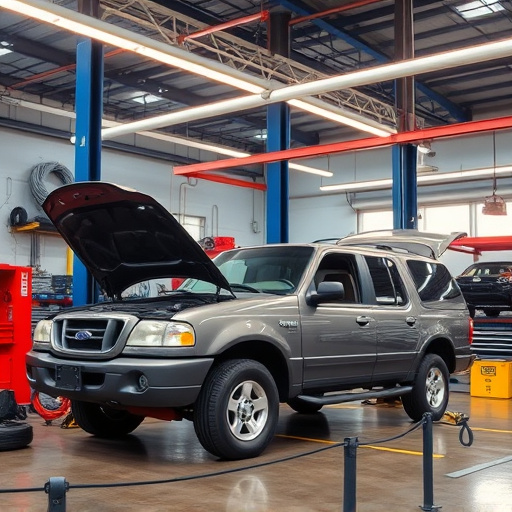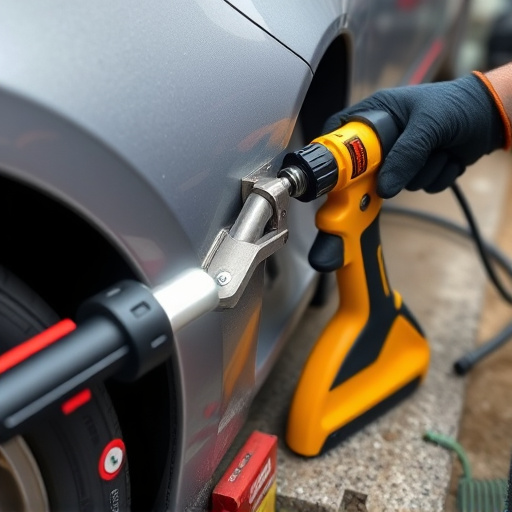Mercedes interior trim repair is crucial for maintaining sleek design and luxury. Common issues include loose or damaged panels from wear, weather, or accidents. Technicians disassemble affected areas, inspect damage, replace/repair components, and integrate new parts seamlessly. Regular inspections recommended to detect issues early, preserving the vehicle's aesthetic appeal and structural integrity. DIY approach possible with proper tools, surface preparation, adhesive, and precise panel fitting.
“Discover how to tackle a common yet frustrating issue with your Mercedes: loose interior panels. This comprehensive guide aims to empower car enthusiasts with the knowledge and steps for effective Mercedes interior trim repair. From identifying the problem to understanding its causes, we demystify the process. Learn why panels loosen, what materials are involved in the repair, and gain a step-by-step breakdown of the fix. By following these instructions, you’ll restore your Mercedes’ interior to its sleek and secure state.”
- Understanding Mercedes Interior Trim Issues
- Identifying Loose Panels and Their Causes
- Step-by-Step Guide to Repairing Your Vehicle
Understanding Mercedes Interior Trim Issues

Mercedes vehicles are renowned for their sleek design and luxurious interior, but like any vehicle, they can experience issues over time, particularly with the trim panels. Mercedes interior trim repair is often required due to various factors that contribute to loose or damaged panels. These issues may arise from everyday wear and tear, exposure to extreme weather conditions, or even accidents. When a Mercedes owner notices loose or broken interior trim, it’s essential to address the problem promptly, as neglecting these repairs could lead to further damage and a less than ideal driving experience.
The automotive repair process for such cases involves careful disassembly of the affected areas to gain access to the underlying structures. Skilled technicians then inspect the damage, replacing or repairing any broken components. Collision repair experts are particularly adept at handling these situations, ensuring that the vehicle’s interior is restored to its original condition, seamlessly integrating replacement parts with the existing trim. Car bodywork services tailored for Mercedes vehicles play a crucial role in maintaining their distinctive aesthetic appeal and structural integrity.
Identifying Loose Panels and Their Causes
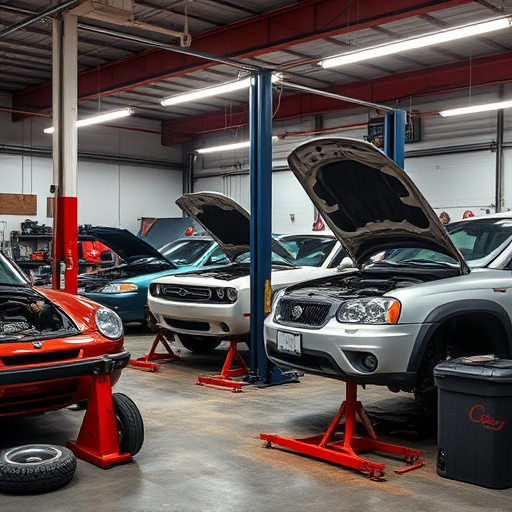
Many vehicle owners often overlook one of the most important aspects of car maintenance – interior trim repair. In a Mercedes, for instance, loose panels can go unnoticed until they become a nuisance, impacting comfort and safety. Identifying loose panels early on is crucial for effective Mercedes interior trim repair. Common causes include normal wear and tear, accidental damage from car accidents or mishandling, and poor initial installation. Over time, the glue or adhesive holding the panels in place weakens, leading to shifting or detachment.
Regular inspections are key to preventing extensive vehicle restoration work later on. Car damage repair for loose interior components involves reapplication of adhesive or replacement of damaged parts. Prompt action ensures minimal disruption to your Mercedes’s otherwise pristine interior and prevents further car body repair challenges down the line.
Step-by-Step Guide to Repairing Your Vehicle
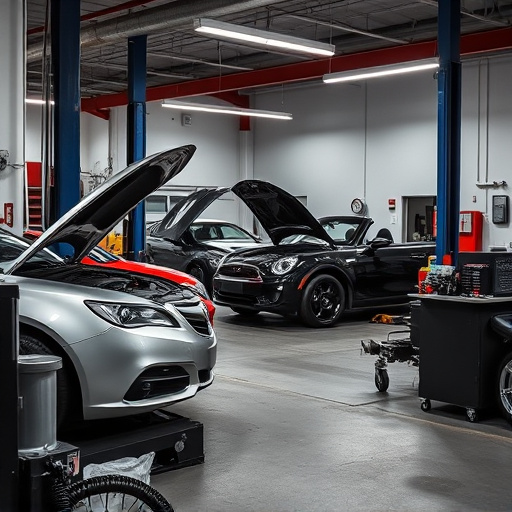
Repairs to your Mercedes’ interior trim for loose panels can be a straightforward DIY project if approached systematically. Here’s a step-by-step guide to help you navigate this process safely and effectively:
1. Assess the Damage: Begin by inspecting the affected area thoroughly. Identify how many panels are loose, their sizes, and the extent of damage or separation. This will determine the scale of your repair project.
2. Gather Necessary Tools: Equip yourself with essential tools like a screwdriver (both flathead and Phillips), a utility knife, a putty knife for applying adhesive, and replacement trim pieces if available. For more complex repairs, consider having an assistant to hold panels in place while you work.
3. Prepare the Surface: Clean the loose panel area using a microfiber cloth dampened with isopropyl alcohol. Remove any debris or grease to ensure a clean bond between the new and old parts. Allow the surface to dry completely before proceeding.
4. Apply Adhesive (if required): Some interior trim pieces might require an adhesive to secure them properly. Follow the manufacturer’s instructions for the appropriate adhesive, ensuring it’s compatible with your car’s materials.
5. Reattach Panels: Starting from one edge, gently press the panel into place and secure it using clips or screws provided in the kit. For areas with existing damage, you may need to reshape or trim new panels to fit precisely before attaching them.
Mercedes interior trim repair is a crucial aspect of vehicle maintenance, addressing issues like loose panels that can negatively impact both functionality and aesthetics. By understanding the causes and following a step-by-step guide, car owners can effectively navigate this process, ensuring their Mercedes maintains its premium appeal. For those seeking to tackle repairs themselves, this article provides valuable insights into diagnosing and repairing interior trim problems, promoting informed decision-making and cost-saving measures for essential Mercedes interior trim repair.



